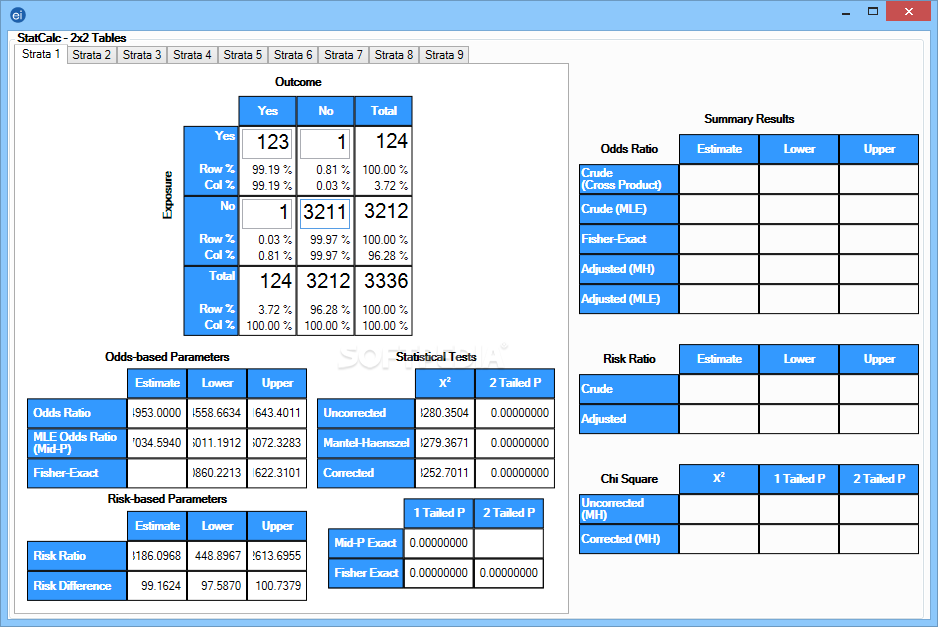

Similarly, the exposure is CAD (those who have CAD are ‘exposed’)īy extension, those without CAD (general population) would constitute the ‘unexposed’ group.Īs the investigator wishes to determine the prevalence of NAFLD, the appropriate study design is a cross-sectional study (cross-sectional studies are also called ‘prevalence’ studies).ī. Since one intends to determine the prevalence of NAFLD among CAD patients, the outcome of interest is NAFLD Therefore, the study population is patients with CAD. The investigator wishes to determine the prevalence of Non-Alcoholic Fatty Liver Disease (NAFLD) among persons with Coronary Artery Disease (CAD). If you want to view the video providing instructions on downloading the software, you may do so here. The CDC has produced several tutorial videos for Epi Info 7 that can be viewed here. It also includes a tool for sample size calculation. It provides for easy data entry form and database construction, a customized data entry experience, and data analyses with epidemiologic statistics, maps, and graphs for public health professionals who may lack an information technology background. The latest version of Epi Info is Epi Info 7. Background Information:Įpi Info™ is public domain set of software tools developed by the United States’ Centers for Disease Control and Prevention (CDC) for use by public health professionals and researchers.

I believe many more would benefit from a public response, hence this article. Recently, someone asked a question that involved calculating sample size with Epi Info 7. I receive a lot of queries regarding sample size calculation for this article.


 0 kommentar(er)
0 kommentar(er)
